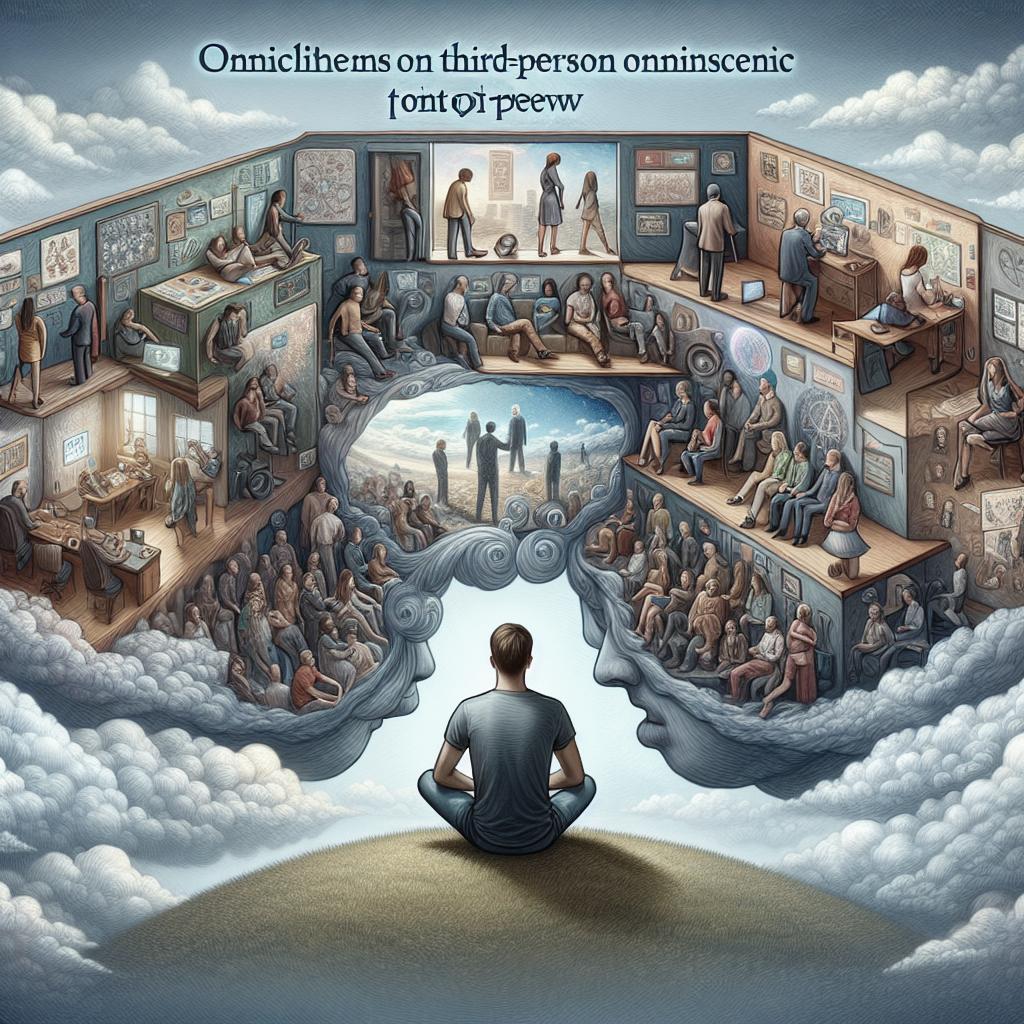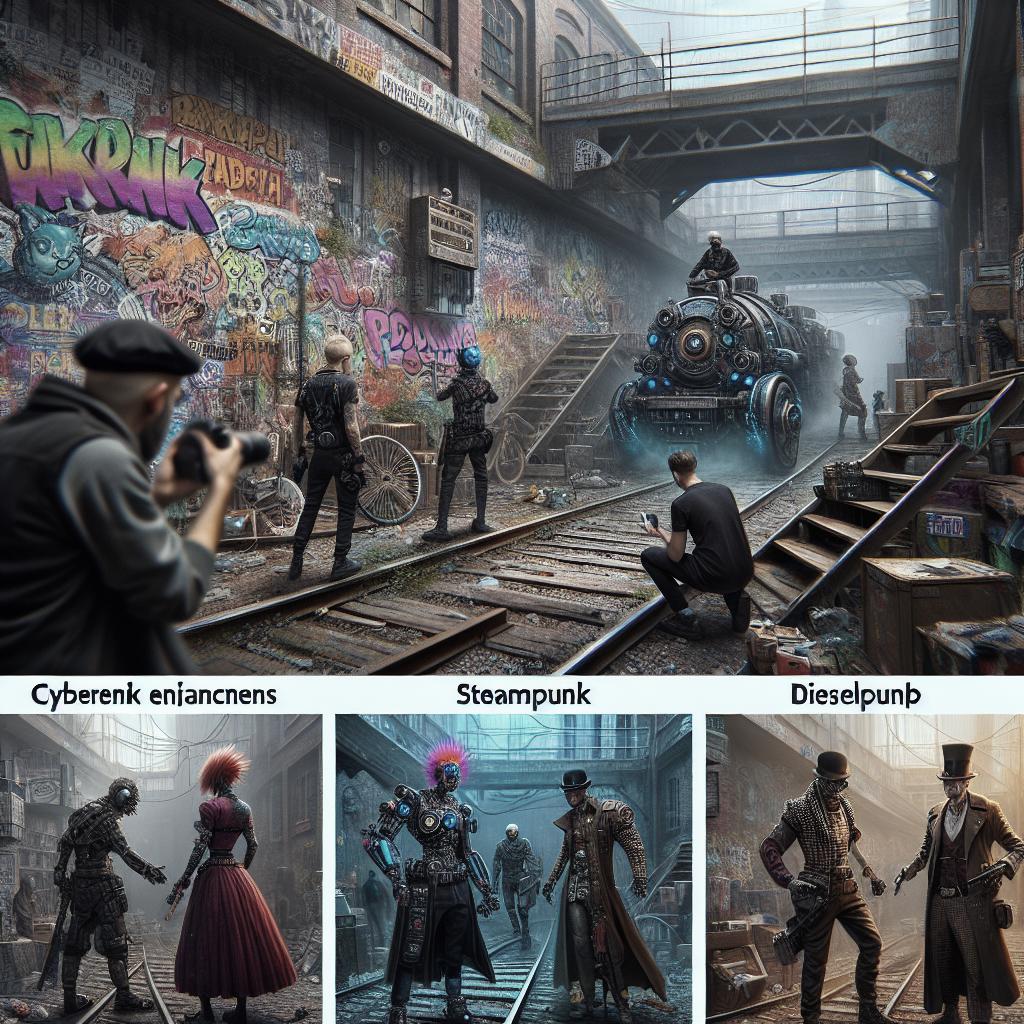Navigating the literary world often involves understanding various storytelling techniques that can make or break a narrative. One such crucial factor a writer must consider is the choice of point of view. In this blog post, we delve deeper into the third-person perspective, focusing primarily on third-person limited and third-person omniscient points of view. While both perspectives offer unique advantages, understanding their distinctions can significantly affect how readers perceive, engage with, and understand a story. By examining famous literary works written in each style, we aim to provide aspiring writers with practical examples. Choosing between third-person limited and omniscient can be daunting, but we’re here to offer some insights into making this decision easier. Lastly, don’t forget to follow our blog for more insightful writing tips and industry updates. Let’s embark on this journey to learn how these narrative styles can enhance storytelling and elevate your writing! ### Third-person Limited The third-person limited point of view offers a lens into the story by focusing on the experiences of one character. By allowing the readers to intimately explore the inner thoughts, emotions, and motives of that character, it creates a personal connection. This kind of narrative is particularly effective in delivering a deep and realistic portrayal of the character’s personal struggles, making it easier for readers to resonate with their journey. While maintaining the third-person narrative’s flexibility, it eliminates the bias seen in first-person perspectives by providing an objective overview of the story while limiting the depth of character information to just one individual. One key distinction here is that the reader’s knowledge is limited to what the protagonist knows. This constraint can build suspense and curiosity, as readers find themselves piecing together the unexplored parts of the story, aligning their experience with that of the main character. Third-person limited point of view is prevalent in stories where the author intends the reader to form an emotional bond with a character while unveiling the plot through that specific character’s eyes. ### Books Written in Third-person Limited Several renowned books have successfully employed the third-person limited perspective, enriching their narratives through this style. J.K. Rowling’s Harry Potter series is a quintessential example. Through the eyes of Harry Potter, readers experience his world—the magical intrigue, the friendships, and the daunting moments—from a single, intimate perspective. While the narratives in these books unfold around Harry, the audience is privy only to what Harry knows, amplifying suspense and discovery. Another exceptional example is George R.R. Martin’s A Song of Ice and Fire. By granting each chapter to the perspective of a different character, Martin artfully builds an intricate world of power, betrayal, and adventure. Though it appears to include multiple viewpoints, each section is limited to the character who drives it, providing readers with a multifaceted yet personal connection to the complex narrative. These examples highlight how third-person limited can create suspenseful, intimate, and character-driven stories that captivate audiences. ### Third-person Omniscient Conversely, the third-person omniscient point of view offers a god-like perspective, where the narrator knows everything about every character and event in the story. This perspective provides a comprehensive understanding of the plot, setting, and character dynamics, enabling the author to delve into multiple characters’ thoughts, emotions, and backgrounds. The omniscient perspective is versatile, allowing for a broader scope in storytelling and giving readers a panoramic view of the entire narrative world. An advantage of this viewpoint is its capability to explore simultaneous or hidden events not known to the protagonist. This ability to present the internal workings of multiple characters and reveal critical plot points at will can lead to richer, more complex storytelling. However, it may also detangle suspense and emotional immersion typically associated with more intimate perspectives. As such, third-person omniscient is particularly suited for grand, expansive narratives where the interplay between various elements forms the core of the story. ### Books Written in Third-person Omniscient Several classic literature pieces have masterfully leveraged the third-person omniscient perspective. Leo Tolstoy’s War and Peace is one of the celebrated works that utilizes this technique to its fullest. Through the omniscient lens, Tolstoy presents a grand, sweeping view of Russian society and the Napoleonic Wars. The narrative interweaves the lives of numerous characters, providing readers with deep insights into their motivations, thoughts, and the intersection of their personal and political worlds. Another notable work is J.R.R. Tolkien’s The Lord of the Rings trilogy. This epic tale benefits from the third-person omniscient viewpoint; it allows readers to explore the vast and magical landscapes and understand the complex, intertwining destinies of its ensemble cast. Tolkien uses this perspective to craft a richly detailed, interconnected story that unfolds across different lands, cultures, and languages, showcasing the narrative’s depth and breadth. These examples illustrate the immense potential of third-person omniscient in creating expansive, intricate storytelling realms. ### Which Point of View Should You Choose? Choosing between third-person limited and omniscient largely depends on the story’s needs and the author’s intentions. If the goal is to foster an emotional connection to a specific character, evoking empathy and immersing the reader in their personal journey, third-person limited may be preferable. This perspective can effectively drive character development and intensify the plot by focusing on individual experiences and viewpoints. On the other hand, if the narrative demands a broader scope, weaving together multiple characters, themes, and subplots, third-person omniscient might be the best fit. This perspective’s extensive reach and flexibility accommodate the complex interweaving of relationships, events, and themes, offering a more encompassing narrative approach that aligns with storytelling’s grandeur. Ultimately, both perspectives have unique strengths, and the choice can significantly impact storytelling’s tone, mood, and engagement levels. Writers may find experimenting with both perspectives beneficial to better understand how each can enhance their narrative style. ### Follow Blog To stay on top of the latest trends, tips, and techniques in the writing world, make sure to follow our blog. We offer a variety of content aimed at improving your writing skills, from point-of-view explorations to mastering character development and plot structure. Our goal is to provide insight and inspiration to help you thrive in your writing journey. By subscribing to our blog, you’ll gain access to a wealth of information and join a community of passionate writers eager to exchange ideas and support each other’s growth. Don’t miss out on the opportunity to enhance your writing skills and stay informed about industry news and innovations.
| Point of View | Definition | Advantages | Examples |
|---|---|---|---|
| Third-person Limited | Narrative focused on one character’s thoughts and experiences. | Fosters emotional connections, maintains suspense, and delivers character-driven stories. | Harry Potter by J.K. Rowling, A Song of Ice and Fire by George R.R. Martin |
| Third-person Omniscient | Narrative offering insight into multiple characters and events. | Provides a broader narrative scope, balances multiple plotlines, and explains complex themes. | War and Peace by Leo Tolstoy, The Lord of the Rings by J.R.R. Tolkien |


